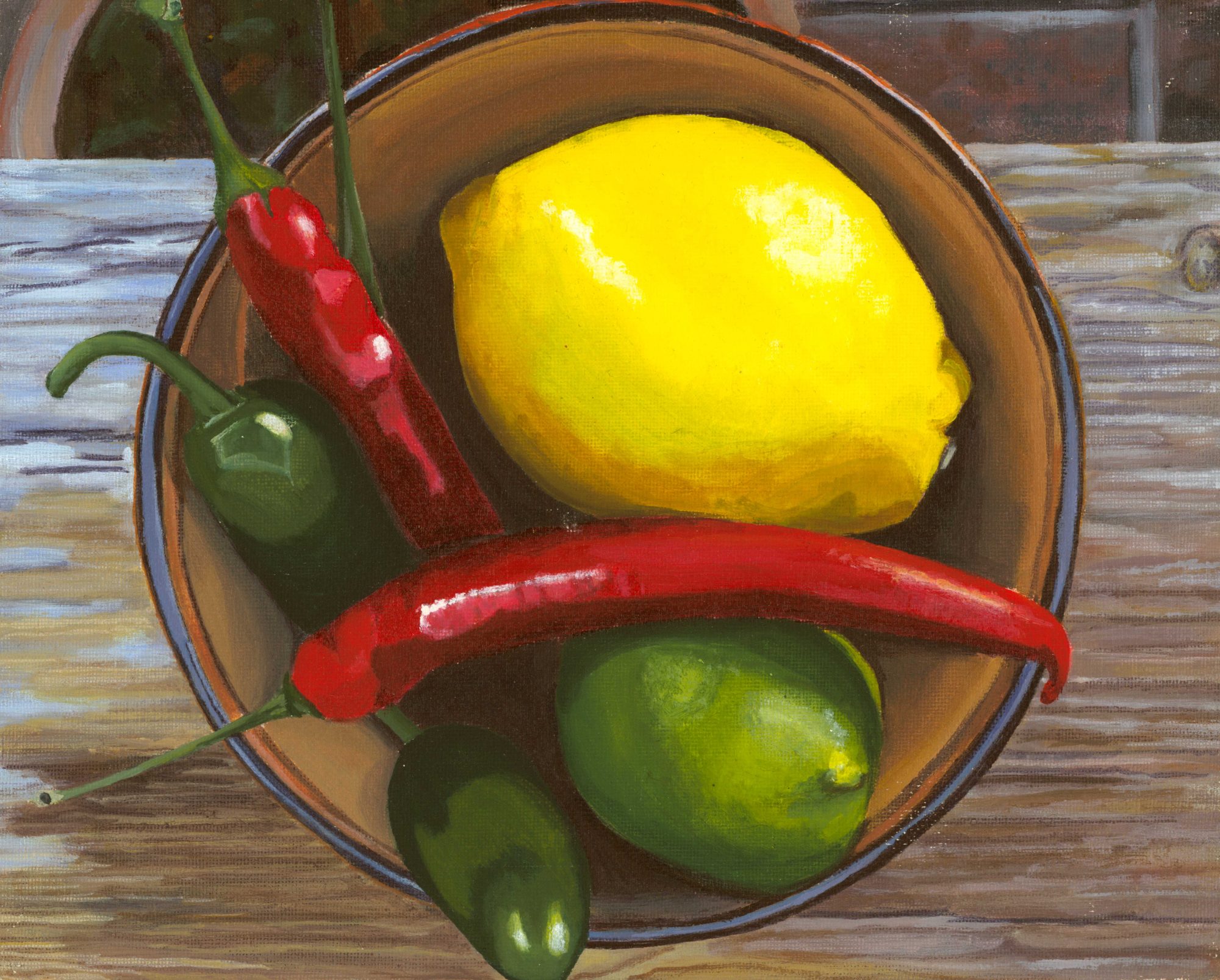Sybil Andrews, born in rural Suffolk in 1898, was a painter and printmaker – chiefly of linocuts – for sixty-odd years of her life. She was also, courtesy of an absconding father, a perennial lack of money and two world wars: a welder; a teacher; a boat-builder and woodworker; a secretary and an immigrant. Having enduring the slow and painful reconstruction of civilian life after the first world war in England, she wasn’t inclined to do it again after the second. She moved to a remote part of Vancouver when she was fifty, and was homesick for the rest of her life, although she never returned to England.
In the 30s she had been a star pupil of the linocut pioneer Claude Flight at the experimental Grosvenor School of Art (as well as having a higher proportion of female students than the more traditional schools could stomach, the School enthusiastically espoused modern art movements and a principle that art should be made and distributed cheaply, so that it was within the reach of everyday folk). Although the School arranged international exhibitions and shows, and Sibyl was involved with many of them, she seldom earned much money from her work, but it was commended by contemporary critics. Her collaboration with Cyril Power on a public commission was presented under the name Andrew Power, to spare the commissioning board the trauma of employing a woman.
After World War 2, with the School building and much of the work of many of its members destroyed in the Blitz, and Modernism of the type it represented falling out of favour with the art market, the Grosvenor School disbanded. It must have seemed as if there was little point in carrying on. But to Andrews it was the work that mattered, and she continued to make and teach art and music from her home on the outskirts of a rural logging town for the rest of her life. When the work of the school members came back into fashion more than thirty years later, she seemed to take as little notice of success in her eighties as she had hardship in her fifties.
She was by all accounts an energetic and unconventional teacher, primarily concerned with teaching her pupils to work with the subjects and materials they had to hand, and to find the techniques and mediums that enabled them to ‘find their own way’, even when it was very different to her own. When she finally began to make some money from her art, she supported some of them financially, and when she died her estate was divided between supporting art and her church.
Like the work of many of Flight’s pupils, her linocuts show a fascination with rhythm and movement, and the influences of Futurism and graphic design. Sport and agriculture provided her with subjects for much of her best work (I really like her prints of ploughing scenes, like Leaf or Wings), which is bright, dynamic, meticulously designed and – despite being rubbished in 1945 as ‘old fashioned’ – enduringly modern.
